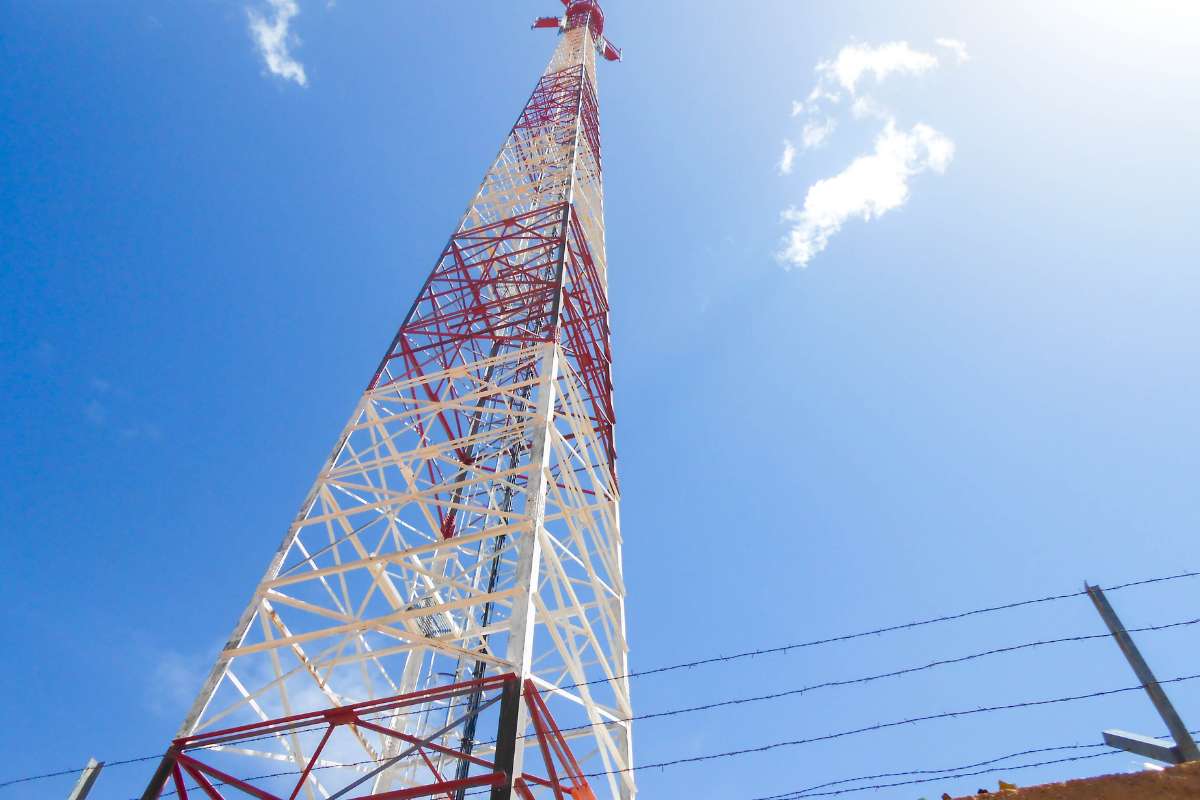The Chinese telecom vendors, including Huawei and ZTE, who have played a crucial role in helping with the development and roll-out of legacy networks in the country, have slowly been ignored for the 5G plans. The telcos aren’t even looking at awarding new 4G projects to the Chinese vendors because of security concerns arising from their alleged ties with the Chinese government. While this is a bad thing for the Chinese vendors, European companies, including Nokia and Ericsson, stand to benefit a lot from this.
India Becomes Major Source of Revenues for Ericsson
According to a PTI report, Ericsson has doubled its share of global sales from the Indian market in the first six months of 2021. Ericsson’s sales share from India has grown to 4% from the earlier 2% in the same period in 2020. This has made India one of the prime countries for Ericsson to do business in. The United States (US) remains the biggest cash cow for Ericsson, where its global share of sales stands at 34%, followed by Japan at 5%. It is worth noting that earlier, the second-largest market for Ericsson was China. But now China has fallen to the fifth position. This is understandable since Europe doesn’t want Chinese vendors; even China won’t be too welcoming of the European companies. The primary factor for the increase in sales for Ericsson in India was continued investments in LTE (4G). With the inevitable exit of Chinese vendors from the Indian landscape, both Finnish gear maker Nokia and Swedish vendor Ericsson have a good opportunity to generate huge revenues from the sub-continent. Even the South Korean tech giant Samsung has good room to grow in the telecom equipment business. Ericsson is already working with multiple operators in India to help them with the 5G trials. Continued investment of Ericsson in India is expected for the coming years, with 5G being the main component.
